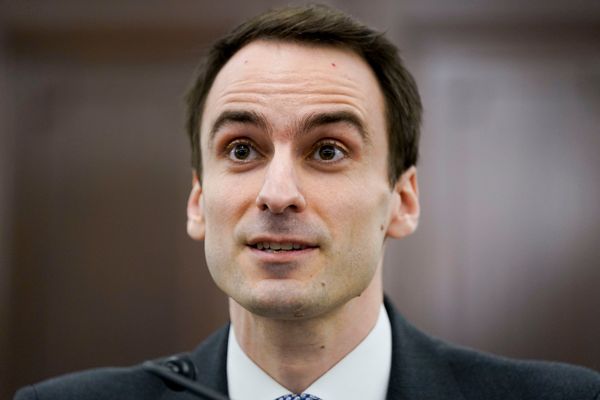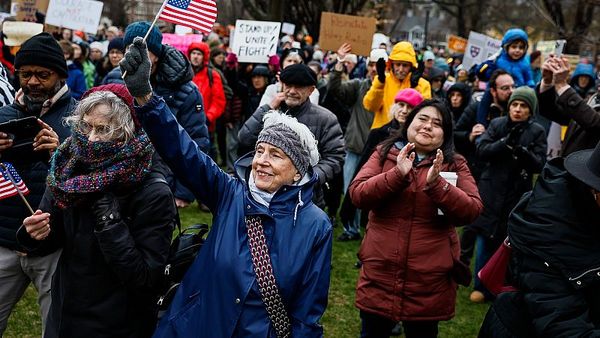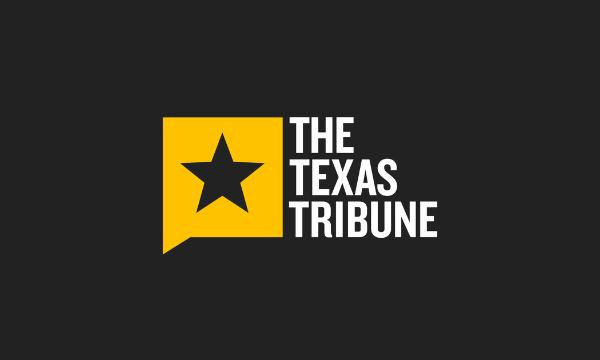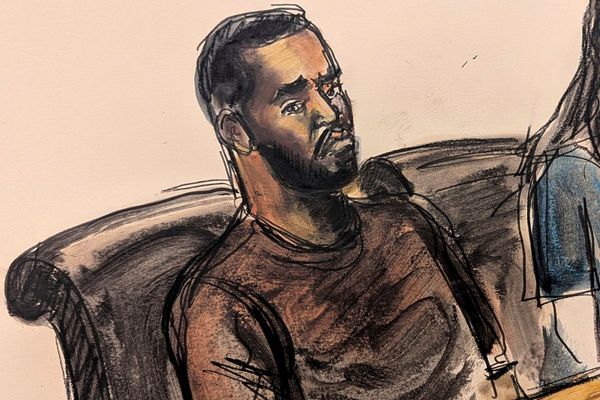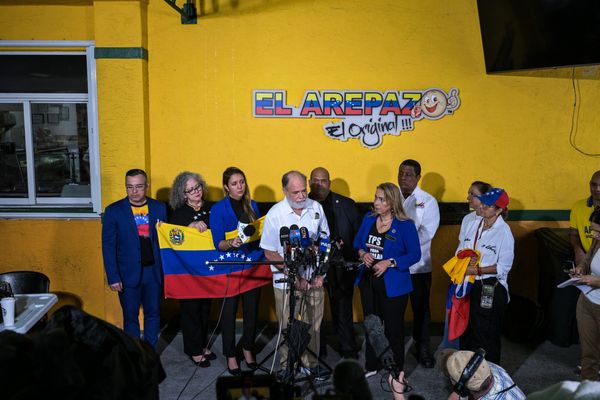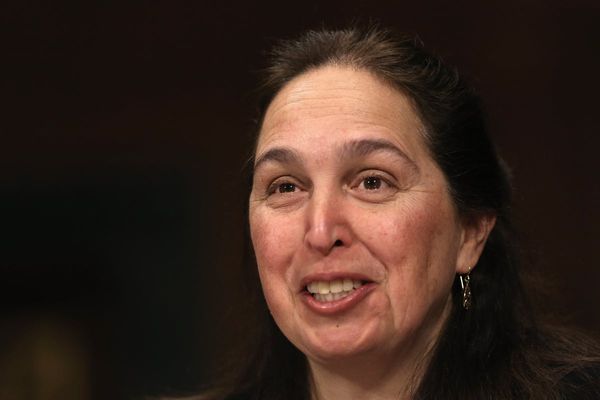
The disarray that disrupts the men’s professional game into a fourth year is, perhaps, ready to see some resolution, with meaningful progress after months and months of doublespeak, and tidbits of information and basically little public resolution to a complicated scenario.
The PGA Tour played one of its most popular events at the WM Phoenix Open while LIV Golf opened its 2025 season under the lights in Riyadh, a good bit of that challenged by some significant news off the course.
The U.S. Open became the first major championship to offer direct access to LIV Golf players via its points list. The R&A announced Monday that it will do the same at the British Open.
This after a few years of angst over the lack of recognition for LIV players, one of whom (Bryson DeChambeau) happens to be the reigning U.S. Open champion.
Perhaps the biggest news, however, was the PGA Tour’s announcement that commissioner Jay Monahan met with President Trump last week in Washington to discuss the ongoing negotiations with the Public Investment Fund of Saudi Arabia, which backs LIV Golf. Sports Business Journal reported that Yasir Al-Rumayyan was on a call as part of the meeting, which also included PGA Tour player director Adam Scott.
Among the reasons cited for the languishing situation is the U.S. Department of Justice's role in approving the deal. Rory McIlroy, who is on a Tour transaction committee that deals directly with the PIF, has said on more than one occasion that the DOJ complicates the situation.
Since the June 6, 2023, announcement of a framework agreement, Tour negotiators have sought to cooperate with antitrust regulators who have been reviewing various terms set forth in the deal. According to Golfweek, the DOJ “has before it several versions of a deal, each tweaked slightly differently to address concerns that might be flagged.”
The DOJ is concerned that a deal might limit competition, which is why all of this is tricky. In order for there to be a deal, there needs to be cooperation between the two sides, a way for the PIF to invest in the PGA Tour and allow for players to compete on both circuits.
Trump had signaled before the election that he could solve all this “in 15 minutes” and it is quite possible that he might intervene where the DOJ could have presented more roadblocks.
Why else would the Tour trip all over itself to put out a release in which it fawned over Trump’s involvement and thanked him for helping?
“We are grateful that his leadership has brought us closer to a final deal, paving the way for reunification of men’s professional golf,” the Tour statement said.
STATEMENT: Update Regarding the Future of Men’s Professional Golf pic.twitter.com/yN1JGXN0CK
— PGA TOUR Communications (@PGATOURComms) February 6, 2025
And so … what would such reunification look like?
Putting aside the complicated financial matters (PIF is said to be investing more than $1 billion into PGA Tour Enterprises), golf fans care more about what the result will mean for the game.
Will LIV golfers be able to compete on the PGA Tour? Will there be some sort of separate World Tour? Can a PGA Tour team compete in LIV events? How will it unfold?
“The biggest impediment is maybe the differing visions of what golf should look in the future,” McIlroy said.
There are all kinds of possibilities and undoubtedly dozens of ideas put forth.
So here’s an attempt at a very simple way to go about it, which brings players back together while still allowing the PGA Tour and LIV Golf to compete separately.
- Give LIV players up to four special exemptions into signature events as add-ons to the field. In other words, they take nobody’s spot. In return for any special exemption taken, a LIV player must then commit to a regular PGA Tour event, also via sponsor invite. So that’s a potential for eight events, although the top LIV players are unlikely to play that many. If a deal comes soon, there’s no reason why some of this could not occur immediately.
- LIV Golf expands to 60 players, drops its wildcard players and goes to 15 teams. Two of those teams are made up of a rotating PGA Tour team (why not the TGL teams?) and a team of weekly qualifiers that the league owns.
- Then, LIV Golf resubmits its bid for Official World Golf Ranking points. New CEO Scott O’Neil appears open to more lines of cooperation and communication, and perhaps making changes to the league that allows for OWGR acceptance is among his goals.
- The DP World Tour drops its restrictions and allows those who qualify or have status to become full DP World Tour members by meeting the eligibility requirements, which now entails playing in a minimum of four events.
- All sides work together to create better scheduling opportunities—as well as better TV windows—to make it beneficial to all.
None of this is perfect, of course. McIlroy’s long-stated idea of a “Champions League” for golf is something that will take time to develop, if there is even an appetite.
Also, there is the matter of LIV contracts expiring and what that potentially means.
But the idea that LIV players were coming back to the PGA Tour to compete full time was always unlikely, especially if the LIV Golf League is going to operate a 14-event schedule—with no indication otherwise.
Getting the best players together never happened all the time anyway, but it needs to occur more than four times a year. At signature events, the majors, the Players and select DP World Tour events, it can happen.
As for OWGR? LIV Golf supporters have long suggested that the majors would open their doors through direct exemption spots. There is a crack, but it is hardly satisfying. And the easy way around this is to comply with what OWGR has put forward.
In an interview with No Laying Up last week, USGA CEO Mike Whan said LIV’s closed format is not equitable with all the other accredited tours around the world. It was basically the message conveyed in October 2023 when LIV’s bid was rejected. In March, without making changes, LIV pulled its bid.
“We’ve got to figure out a way to make it equitable and fair,” said Whan, who reiterated his desire to work with LIV officials.
One of the problems is the lack of turnover from week to week, which might be accomplished by injecting a new team of PGA Tour players each week as well as a week of qualifying players.
Also, LIV’s relegation and promotion likely needs to be enhanced, all of which seems doable. It then behooves all involved to get together and figure it out.
With so few spots—and none in the case of the Masters—going directly to LIV golfers, the OWGR offers the opportunity. Adrian Meronk, who won the Riyadh event, gets no OWGR credit for the victory, one that would have netted him approximately 25 points. A combination of LIV success as well as formidable results around the world would see several LIV players scattered throughout the top 50 of the OWGR.
Who knows if that is even a LIV priority, but O’Neil seems keen to work with the existing landscape, and a slew of young players who have joined LIV Golf are in need of that type of pathway.
It’s just one aspect of golf’s big picture, one that, possibly, is about to become a bit clearer.
This article was originally published on www.si.com as Are the PGA Tour and LIV Golf About to Finish a Deal? Some Ideas On How It Could Work.
